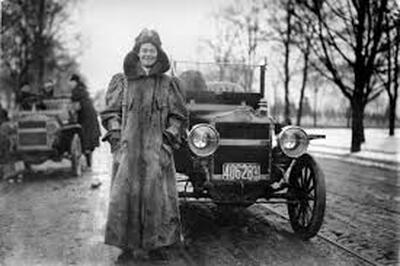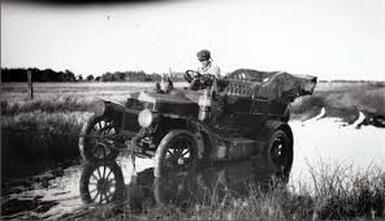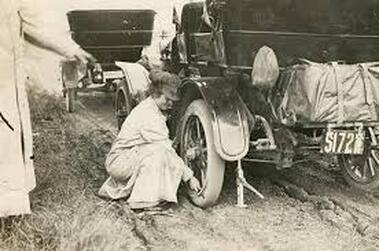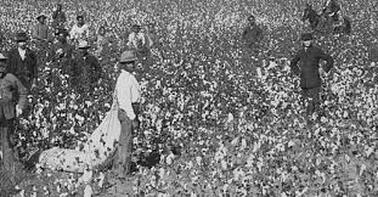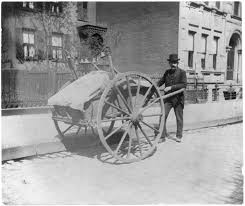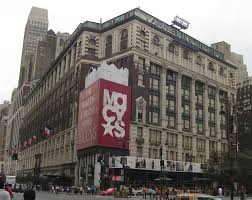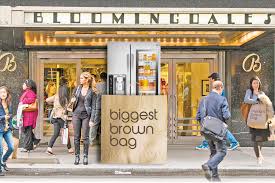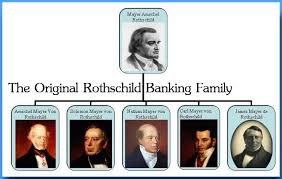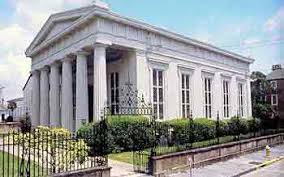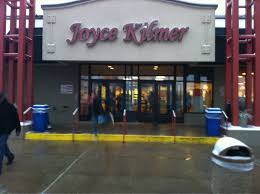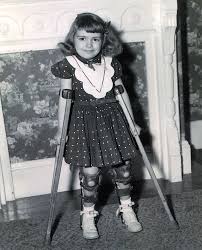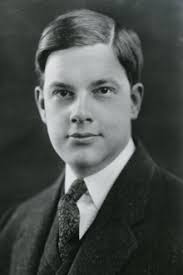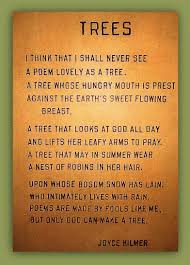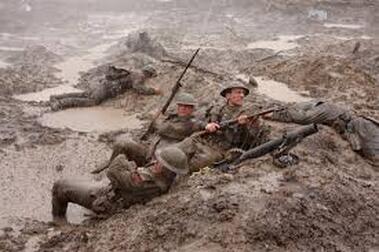|
EXIT Of The DAY: EXIT 101b I-4s To: Heathrow, Florida This is what you would hear if you had the RoadSpoke app and drove past this Exit: Off this Exit is the AAA National Headquarters. Triple A may be considered the mother of all RoadTrippers. Or not. That honor really belongs to a so-called "plucky housewife" from New Jersey. The female with Pluck was named Alice Huyler Ramsey. On a Saturday in August 1909, 59 days after starting in New York, Alice Ramsey drove off a ferry into San Francisco. She thus became the first woman to drive a motor car across the United States. The Hackensack native discovered that the lack of suitable roads made the adventure more similar to a trip by gold seekers in the days of ’49 than it did to modern day travelers. Only 152 of the 3600 miles were paved. Despite this, Newspapers remarked on the good shape of her Maxwell car. It was dusty but clean. They said it was not battered and scarred but showed that it had received treatment "much more considerate than would have given by a man." Still, Ramsey had it right when she said, "Good driving has nothing to do with sex. It's all above the collar.” As for the transcontinental trip itself, articles described the machine climbing steep grades, crawling roads made from goop, extracting the machine from an irrigation ditch, suffering multiple blow outs and the necessity of driving as much as possible alongside the railroad tracks of the Transcontinental Union Pacific in order not to lose contact with civilization. Other than the tracks, Ramsey used maps provided by Triple A. She needed the best horse trails wide enough for car travel. By the time she had reached Sacramento, Alice was leading a parade of vehicular well-wishers who followed in her dust. They honked to announce her extraordinary feat. Remarkably it is very difficult to imagine how stone aged vehicle travel was just a few generations ago. In 1960 she was named Woman Motorist of the Century by Triple A and she would live until 1983. In large part, the safety standards of both highways and vehicles as advocated by the Triple A are responsible for today’s smart standards. And so it will be as the world embarks into a future of driverless cars. Then as now, safety, technology and the Triple A lead the way. Thanks Triple A! Thanks Alice Ramsey! #CrossCountry #Roadtrippers #RoadWarrior #Firstladytodriveacrosscountry #AAA #TripleA #AAAMaps #WomanMotoristoftheCentury #Motorist #SpokenRoad # South Carolina's Ancient Jewish Roots10/22/21 Hear this Here! Exit 190 I-95s in SC To: SC 34, to Dillon near Dillon,SC The name Shiloh comes from the Bible. It means Place of Peace. Peace is not usually associated with Dixie’s racial history. But the same cannot be said about religious tolerance. Over 300 years, South Carolinians have been welcoming of many faiths. Not to be confused with the famous Battleground in Tennessee, the upcoming town of Shiloh is over fifty percent African American. For almost 230 years, African Americans from 1708 to 1930 were a majority of the South Carolina’s population. While discrimination was long enforced on racial grounds, the state promoted religious toleration to encourage white immigration. By the 1800 census the population had increased 38 per cent to nearly 340,000 of which about 150,000 were slaves. Simultaneously — and perhaps surprisingly -- South Carolina had the largest population of Jews in all the 16 United States. Most Jews lived in Charleston, which had been the country's fifth largest city. But these sons of Abraham were not the first immigrants of their faith. Dutch Jews landed on Manhattan as early as the 1630’s — just a few years after the Pilgrims landed at Plymouth Rock. By the late 1790’s through the 1830’s German Jewish Peddlers wandered the dirt roads between Southern towns selling goods from packs and wagons. But it was not long before ambitious traders profited by their close familial connections to relatives back in the old country. Peddlers became store owners, store owners became wholesalers, wholesalers became commodity traders, and commodity traders became brokers and bankers. As Marshall Sklare wrote in Commentary Magazine: “The scions of banking families would marry the offspring of the owners of German-Jewish companies in a variety of fields, and these companies—some of them later to become the country’s leading department stores and mail-order firms—would then raise capital through the banking houses with whom they had formed family connections. There were banking families, of course, which had even closer ties to the retailing business, having themselves engaged in it at one time. In fact, several of the most important banking houses were established by one or another Bavarian villager who began his American business career by carrying a pack on his back, and later graduated to a horse and wagon. Not all the Jewish banking houses, to be sure, could point to such Horatio-Alger beginnings; some were originated by immigrants who had served their apprenticeship as bankers rather than as peddlers. A few of the founders had come to America with wealth or connections, and others were assisted by European Jewish financiers (and in some cases served as their American representatives).” This German Jewish aristocracy — with names like Loeb, Levi Strauss, Guggenheim, Goldman, Schiff, Seligman, Belmont and Warburg — generally started out in southern trading centers like Memphis and here in Charleston. Only later would they migrate north and join the ranks of other robber barons like JP Morgan, John D Rockefeller, and Cornelius Vanderbilt. These families, Christian and Jewish, turned monopolies in trade or commodities into famed Wall Street banking houses such as Goldman Sachs, Lehman Brothers, JP Morgan, and Chase Bank. After the Civil War, a new wave of Jews arrived in South Carolina. These were not German Jews but Eastern European Jews who were escaping the progroms of the Russian Czar. The Czar’s dreaded troops destroyed Jewish neighborhoods. Many Eastern European Jews immigrated to post Civil War South Carolina because the devastation of the Civil War provided opportunity for poor traveling merchants and seasoned cart traders. Just as they had in the towns of Poland, Austria, and Russia, Jewish push carts would carry essential goods throughout the south. Fast Fact about those most famous of Jewish dynasties: while Goldman Sachs, Bloomingdales, B. Altman’s, Abraham Strauss, Macy’s, Marshalls, and even Levi’s Blue Jeans are the product of Jewish merchant princes... ...why are generations of Rothschilds still a financial force in Europe — but not much mentioned on this side of the pond? Well, you see, the Rothschilds were true to their Southern partners. The Rothschild Bank lost its cachet in the United States right after the Civil War. Banking is full of risks and that storied bank made the unforgivable mistake of investing in the Confederacy not the Union, which is why post-Civil War, the Rothschild Bank never rose in New York. Still despite the Rothschild's failed investment, South Carolina celebrates today more than two centuries of vibrant Jewish Heritage. #OurCrowd #Jew #GermanJews #SouthCarolinaJews #Bloomingdales #GoldmanSachs #LehmanBrothers #Banking #Macys #BAltmans On Memorial Day, a Higher Definition for "Service Station""I think that I shall never see. A poem lovely as a tree." Happy Memorial Day! EXIT of the DAY: Alfred “Joyce Kilmer” Service Area NJ Tpke n; When Alfred Joyce Kilmer's daughter Rose was stricken with polio shortly after birth Alfred and his wife, Aline, turned to their new religion, Catholicism, for comfort. Born in New Brunswick, New Jersey, Alfred was the son of Doctor Frederick Kilmer a physician employed by the Johnson and Johnson Company. Doctor Joyce Kilmer is notable in his own right as the inventor of the iconic Johnson & Johnson Baby Powder. His son, Alfred, was a poet/ soldier best known for his 1913 poem “Trees”. He was married to Aline Murray, also an accomplished poet, with whom he had five children. Later he is also credited with naming the 69th Infantry of the New York National Guard; he called his 69th Regiment from New York City, "The Fighting Irish". Or rather, Joyce Kilmer re-named the unit since in the Civil War, Robert E Lee, admiringly named this Union unit, "The Fighting 69th". As converts to Roman Catholicism from Episcopalianism. the young poets were received in the Catholic church in 1913. Kilmer writes that he "wanted something not intellectual, some conviction not mental – in fact I wanted Faith." He claimed that when "faith did come, it came, I think, by way of my little paralyzed daughter. Her lifeless hands led me. I think her tiny feet know beautiful paths. You understand this. And it gives me a selfish pleasure to write it down.” When the Great War began, seeking a higher calling, Kilmer enlisted and was deployed to France with his famous "Fighting Irish" in 1917. Then he received sad news. His daughter had died. In France, fighting the Germans, Kilmer sought increasingly hazardous duty. He was transferred to the military intelligence section where his coolness under fire was admired. One day his Commanding Officer, Wild Bill Donovan -- who would later go on to be the founder of the Central Intelligence Agency (the CIA) -- had Kilmer scout out a machine gun nest.
When Wild Bill Donovan later ran up upon him, he thought Kilmer was just lying down, cooly watching the enemy. But when Donovan touched him, he found that he was dead. Kilmer had taken a sniper's bullet to the brain... and no doubt he followed his beloved Rose on a path her paralyzed feet had blazed to Heaven. Again...Happy Memorial Day.
0 Comments
Leave a Reply. |


